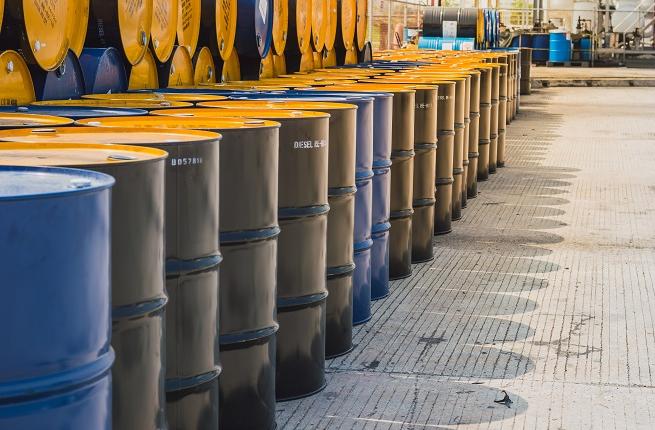S&P Global’s Richard Swann has identified Guyana’s oil as a potential replacement for Russia’s Ural oil in the global market. The opportunity came about after Russia invaded Ukraine and faced sanctions from Western nations.
“… perhaps it’s a replacement for Russian Ural… it’s a really big market, a very exciting market, and one that, you know, we’re monitoring on a daily basis because it’s one of those rare boom areas of crude oil right now,” Swann said of Guyana during a recent S&P podcast.
Guyana, a relatively new player in the oil market, has been making unprecedented strides. Since beginning production in December 2019, it has seen a gradual increase in output. From producing less than 100,000 barrels per day (bpd) in early 2020, Guyana’s output has surged to 500,000 bpd at the end of 2023, with projections to increase to 1.2 million bpd by 2027. This expansion is being executed by ExxonMobil and its Stabroek block partners, Hess and CNOOC.
Swann noted, “Our colleague here at S&P Global, Dan Yergin, he recently called Guyana the fastest offshore oil development in the history of the world. And who are we to challenge him on that opinion?”
The quality of Guyanese oil is notably competitive. Liza Crude, categorized as medium sweet, has a sulfur level of 0.58% and an API gravity of 32 degrees. Unity Gold boasts a 34.5 API and a 0.41% sulfur content, while Payara, although heavier, is valued at a premium, with a 28 API and 0.58% sulfur content. In comparison, Russian Ural oil, formerly a mainstay for Europe, has a gravity typically about 31.78° API and a higher sulfur content of about 1.35%, according to Energy Intelligence.
Guyana, with its favorable oil characteristics and increasing production capacity, is well-positioned to help fill the gap left by Russian Ural oil, especially in markets that have traditionally relied on it. Following the imposition of sanctions and price ceilings by Western nations, Russia’s redirection of its oil exports to South and East Asia has created a vacuum in its former European markets.
The stabilization of oil prices, which have retreated from their post-invasion highs, indicates a market adapting to new realities. This adaptation includes integrating new sources like Guyanese oil, which offers a growing alternative to Russian Ural, as Exxon ramps up production at the Stabroek block, especially considering its similar quality but lower sulfur content. With a strong demand for light sweet crude grades, the South American country has gained a larger share of Europe’s oil market this year. Guyana’s crude exports to Europe in the first semester of 2023 rose to some 215,000 barrels per day (bpd), or 63% of the country’s total exports of 338,254 bpd, according to Refinitiv Eikon data, as reported by Reuters. Exports to Europe accounted for about 50% of last year’s shipments. For Guyana, this opportunity is not just an economic windfall but a strengthener for relations with Europe.



